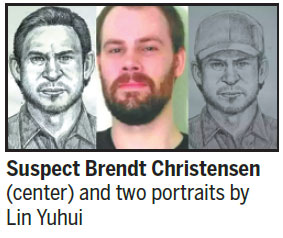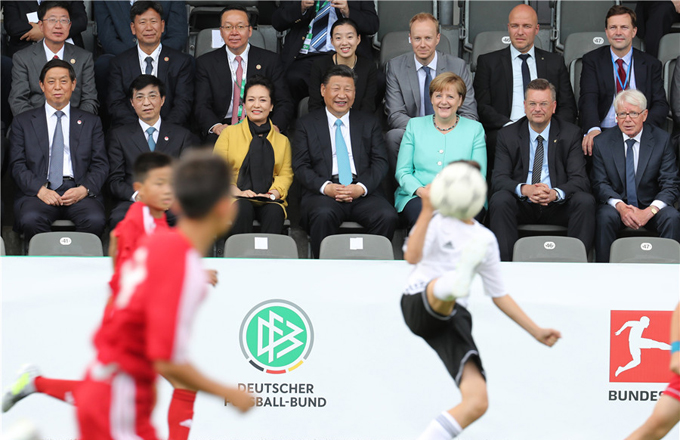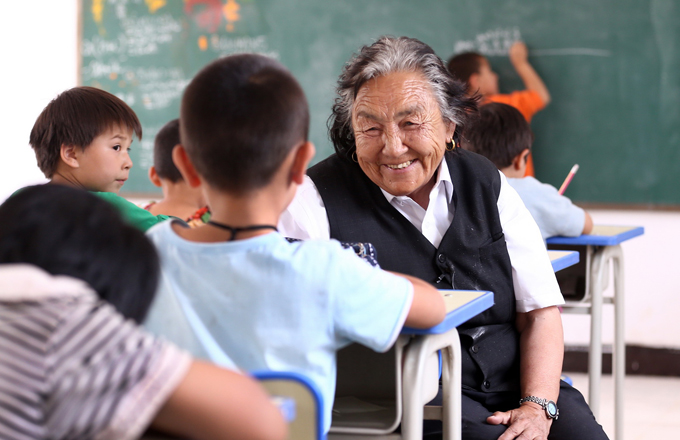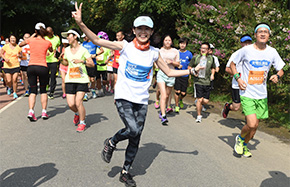Forensic artist aids high-profile case of missing Chinese scholar
Police forensic artist Lin Yuhui thought he had had his 15 minutes of fame last year when he demonstrated his skills on a popular TV show.
However, Lin, 59, a police officer and forensic artist in Shandong province, generated interest again this week when he produced a sketch of the suspect in the disappearance of visiting Chinese scholar Zhang Yingying in the United States after an unofficial request.
Lin said that as the father of a former overseas student, just like any other parent, he is concerned about the safety of children studying abroad.
He was called on June 17 by Liu Shiquan, a visiting legal scholar in the US. Liu sent Lin the security video footage from where Zhang was last seen and asked him to try to sketch the suspect.

"I had no reason to refuse," Lin said, though he had never drawn a foreign suspect before.
The process was difficult because the footage captured by security cameras was dark, with the suspect's face backlit and partly hidden by a car.
"The footage was obscure. I had to build up the image of the suspects face in my mind," he said.
Lin started by drawing the suspect's eyes. He does not make drafts, and said that when drawing, he feels as if his hand almost moves automatically.
"I felt that he was quite stout with a short beard and square face," he said.
After several days, despite the poor quality of the footage, Lin had created two images of the suspect, which were sent to police authorities in the US via Liu.
The portraits drawn by Lin looked similar to the image of the suspect arrested by US police on June 30, according to US lawyer Wang Zhidong, who has been giving pro bono legal support to the Zhang family.
After a photo of the suspect, Brendt Christensen, and Lin's work appeared online, many netizens commented on the similarities, but Lin said that US police had detained the suspect before his pictures arrived.
"The arrest was made based mainly on the phone records of the suspect," he said. "My picture may help them confirm his identity."
Forensic portraits are useful in tracking down criminals, but it is only one of many criminal investigation techniques, according to Lin, who plans to retire next year after working as a forensic artist for 14 years.
"My grandpa taught me how to draw and I have enjoyed drawing since my childhood," he said.
When he was young, he was an editor of a local police magazine. He started to work at the provincial criminal investigation bureau in 2004, which is when he learned about the work of forensic artists.
At that time, the bureau did not have a sketch artist, so Lin volunteered to take on the role and was approved. Lacking any professional training, he resorted to sketching people on the streets.
"A forensic portrait is quite different from a portrait by an artist," Lin said. "An artist can copy the image of a person or exaggerate it, while a forensic artist has to sketch the main facial features of a suspect using whatever information is available."
As one of the best in China, Lin has been admitted to the International Association for Identification, the world's oldest and largest forensic association. He said he hopes to contribute to international cooperation in criminal investigations in the future.
Xinhua



















